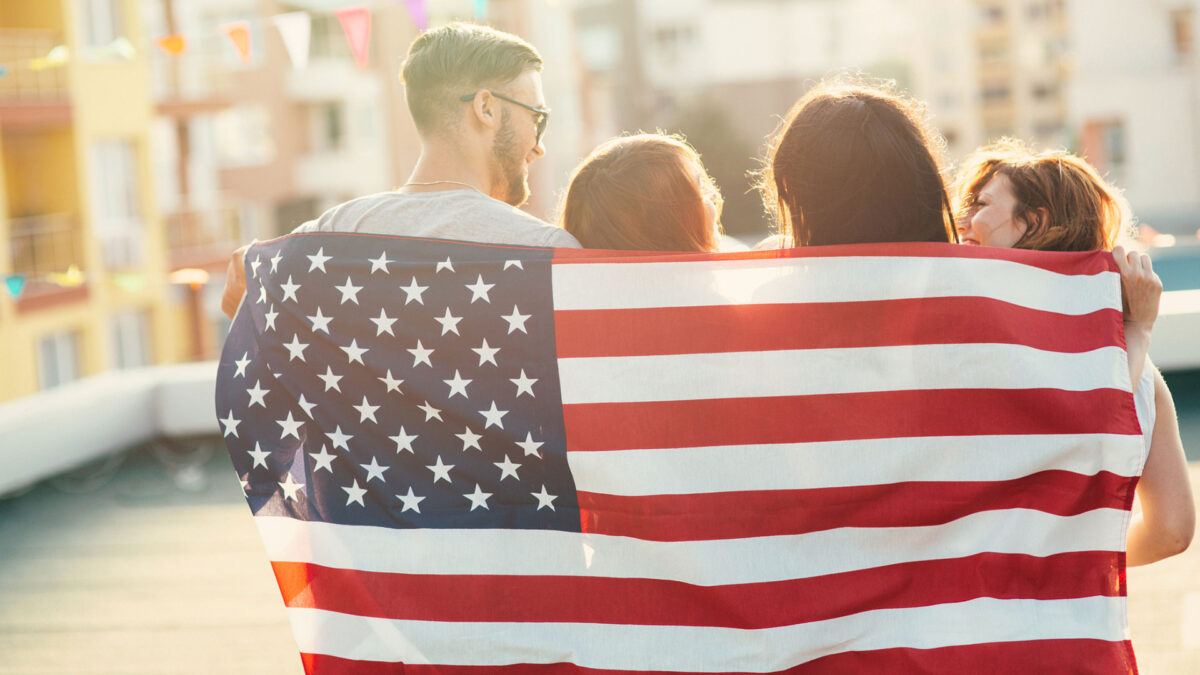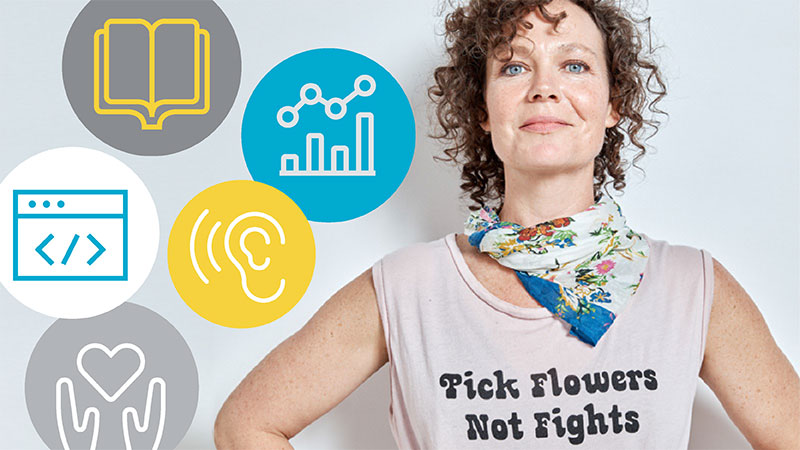Much like the attacks of 9/11 and the Great Recession, the COVID-19 pandemic fundamentally changed the way people perceive the world and make choices about their lives. With two vaccines on the market and several more just over the horizon, many are starting to see a light at the end of the tunnel. There is hope that in a post-pandemic society, consumers can come acclimated with their new normal.
But what will post-pandemic normal look like? As 2020 progressed, we saw substantial shifts in the core values that American consumers hold dear. This crisis has affected not just the way consumers make purchases but also how they determine what is necessary and what they can go without. How can brands be sure messaging is aligned with these values?
1. BRAND LOYALTY HAS CHANGED

Before the pandemic, people were often loyal to their daily purchase brands for superficial reasons like habit, pricing or convenience. However, 2020 showed us that it takes more to maintain customer loyalty that doesn’t easily waver in times of crisis. True brand attachment is the new goal, and it happens when someone identifies a brand as being a part of who they are and how they want others to see them. According to a recent Edelman Trust Barometer, 71% of consumers lose trust in a brand they think puts profits over people. As trends like personal branding become more prevalent, consumers will lose trust in, and become less loyal to, brands that put profits first and won’t want to be perceived as people who would support such brands in a post-pandemic society.
2. CONSUMERS ARE WARY OF OVERLY CORPORATE MESSAGING

2020 saw not just a global pandemic, but also a shift in the social conversation as racial injustice was brought center stage during the summer months. While some brands were quick to speak up and take a stand, others remained quiet, waiting for the moment to pass and hoping to continue as before. Some brands put out vague statements full of corporate speak, hoping to keep under the radar for fear of alienating some of their consumer base. However, data shows that these concerns are misplaced. Consumers are more likely to support brands that take a stand and act on social and environmental issues. According to the Ipsos Survey of Affluent American Consumers, this desire to align with brands that share their values increased in 2020. And while it might be assumed that this increase can be attributed to younger people, a significant number of affluent baby boomers also report that they’re inclined to research a brand’s social and environmental record and are willing to pay more for a brand that actively supports its community.

3. SHOW THEM YOU’RE LISTENING

As consumers’ values are changing, their needs are also changing. Brands must show that they are listening and understanding as their audiences make those needs known. This is another area where dropping the old standards of corporate speak and strict standard operating procedures can make brands more human and relatable, thereby improving the overall consumer experience. The key to doing this successfully is to engage in social listening and audience research.
Numerous brands have successfully adapted their consumer experience to allow for contactless transactions amid post-pandemic. Many of these accommodations have been set up as temporary measures that will be removed once lockdowns have been lifted. However, consumers have experienced a trauma that is expected to outlast the pandemic. According to research, even in areas where restrictions had been lifted, 28% of people surveyed were still doing significantly less in-store shopping than they were earlier in 2020. Additionally, 41% of respondents felt that life won’t return to normal for at least another year. This caution is highlighted by the new phrase “Netflix and panic,” a phenomenon where people feel anxiety when watching shows that depict people in close quarters or not wearing masks. It would be safe to deduce that this trauma response to mere images of people seemingly at risk would translate to consumers continuing to stay home, limit contact with others and prioritize their health and safety. The most successful brands in the post-COVID world will be those who listened to these trends, looked at the data and made long-term adjustments to their customer experience to better serve the new, cautious consumer.
CONCLUSION
The COVID-19 pandemic has caused an array of emotional and economic issues among consumers. Beyond the physical health implications, consumers have the additional stressors of isolation, working from home while caring for children, increased demand of “always on” culture, and overall increases in anxiety and feelings of burnout. Because of this, consumers are now more aware and cautious about how and where they spend both their money and their time. Audiences are looking to brands to deliver compelling and relatable content that serves both their physical and emotional needs while providing authentic value.
Brands must be able to break down friction points for consumers during and after the pandemic—and this needs to occur across the entire customer journey. While much progress has been made toward digital communications, humans still crave interaction with other humans. Maintaining an ongoing dialogue with consumers must be a priority. Brands that work toward humanizing themselves by taking firm stands on issues important to their audience and by adapting their pandemic-driven policies and procedures for the long term will be the ones poised for success in a post-pandemic world.



